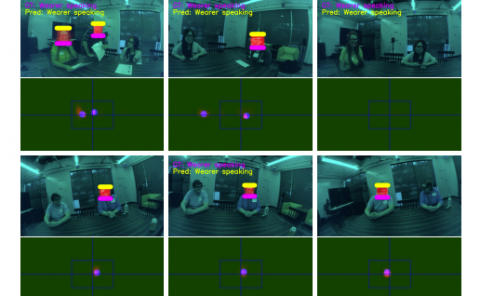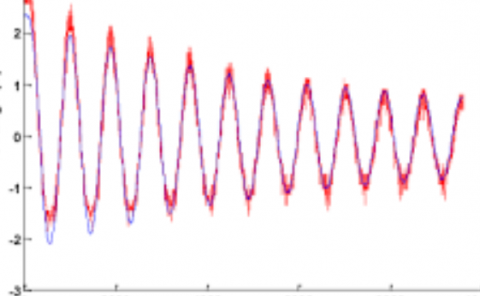Neuronal Learning Analysis using Cycle-Consistent Adversarial Networks
PubDate: Nov 2021
Teams: University of Edinburgh
Writers: Bryan M. Li, Theoklitos Amvrosiadis, Nathalie Rochefort, Arno Onken
PDF: Neuronal Learning Analysis using Cycle-Consistent Adversarial Networks

Abstract
Understanding how activity in neural circuits reshapes following task learning could reveal fundamental mechanisms of learning. Thanks to the recent advances in neural imaging technologies, high-quality recordings can be obtained from hundreds of neurons over multiple days or even weeks. However, the complexity and dimensionality of population responses pose significant challenges for analysis. Existing methods of studying neuronal adaptation and learning often impose strong assumptions on the data or model, resulting in biased descriptions that do not generalize. In this work, we use a variant of deep generative models called - CycleGAN, to learn the unknown mapping between pre- and post-learning neural activities recorded in vivo. We develop an end-to-end pipeline to preprocess, train and evaluate calcium fluorescence signals, and a procedure to interpret the resulting deep learning models. To assess the validity of our method, we first test our framework on a synthetic dataset with known ground-truth transformation. Subsequently, we applied our method to neural activities recorded from the primary visual cortex of behaving mice, where the mice transition from novice to expert-level performance in a visual-based virtual reality experiment. We evaluate model performance on generated calcium signals and their inferred spike trains. To maximize performance, we derive a novel approach to pre-sort neurons such that convolutional-based networks can take advantage of the spatial information that exists in neural activities. In addition, we incorporate visual explanation methods to improve the interpretability of our work and gain insights into the learning process as manifested in the cellular activities. Together, our results demonstrate that analyzing neuronal learning processes with data-driven deep unsupervised methods holds the potential to unravel changes in an unbiased way.


